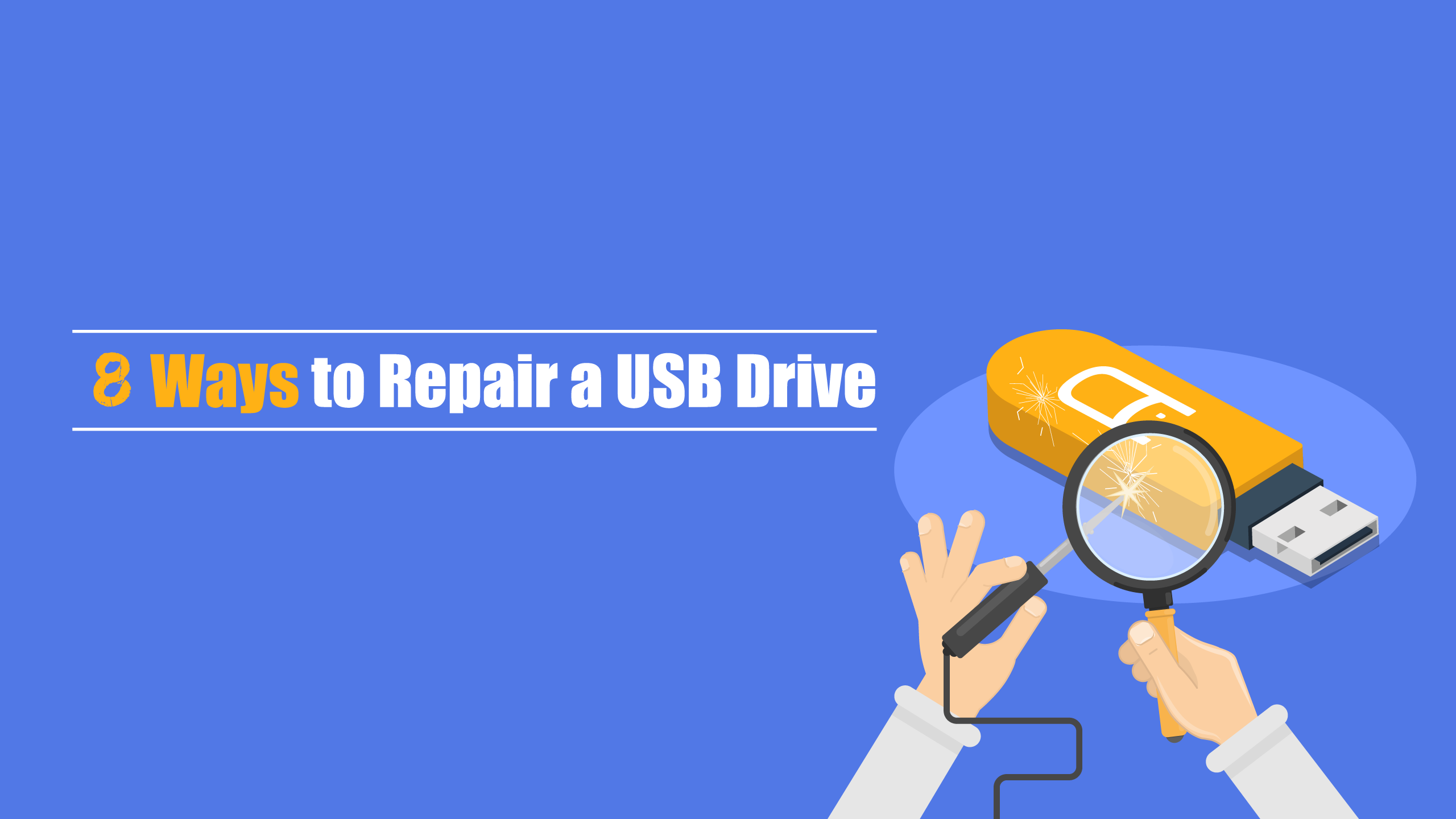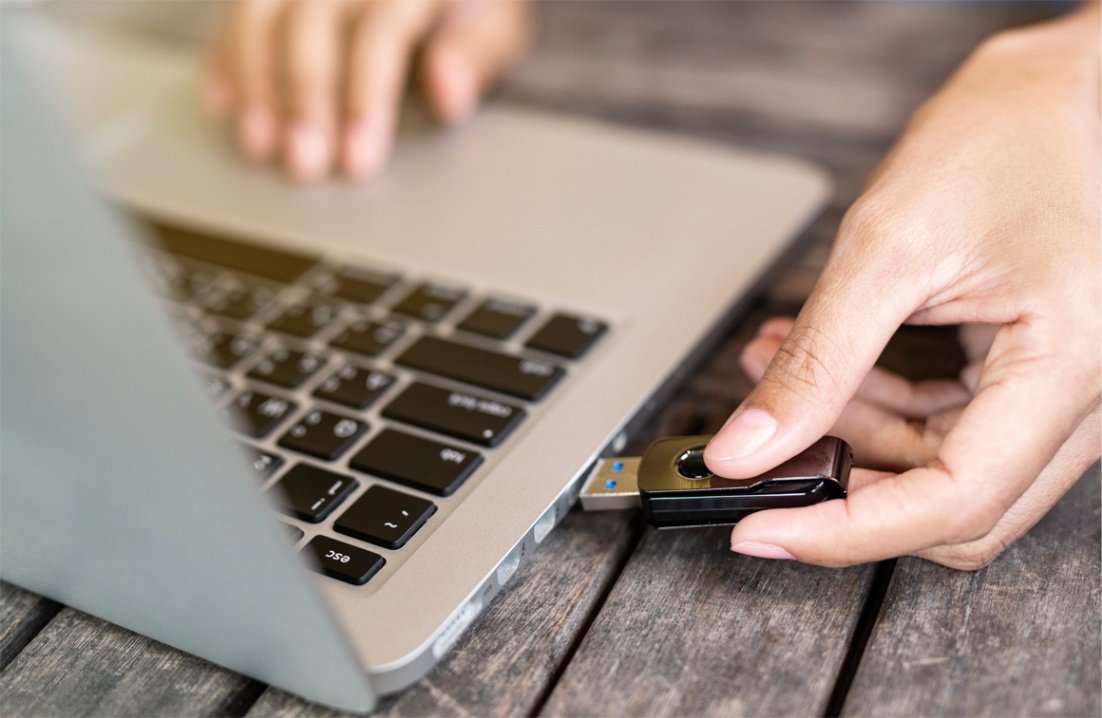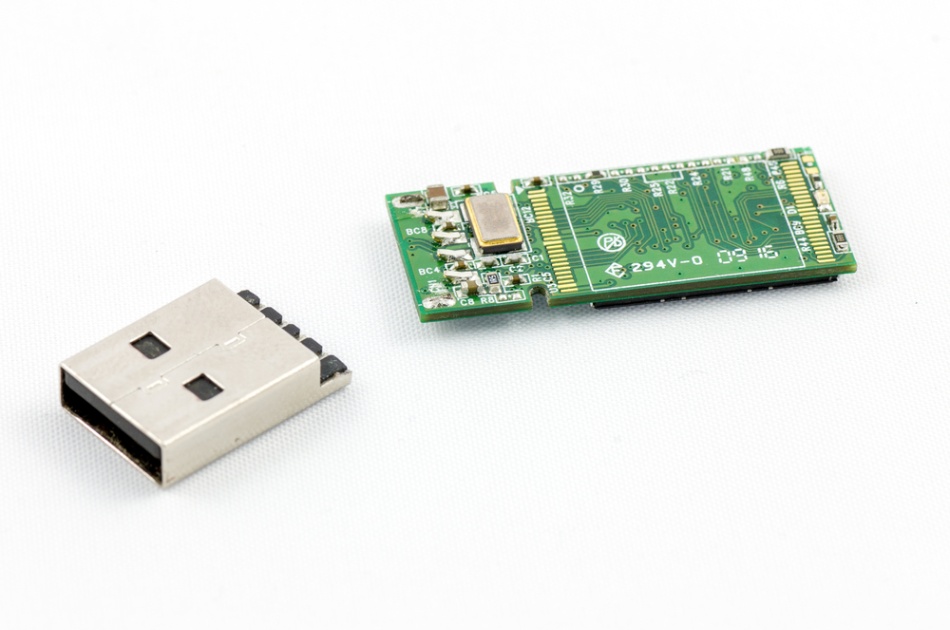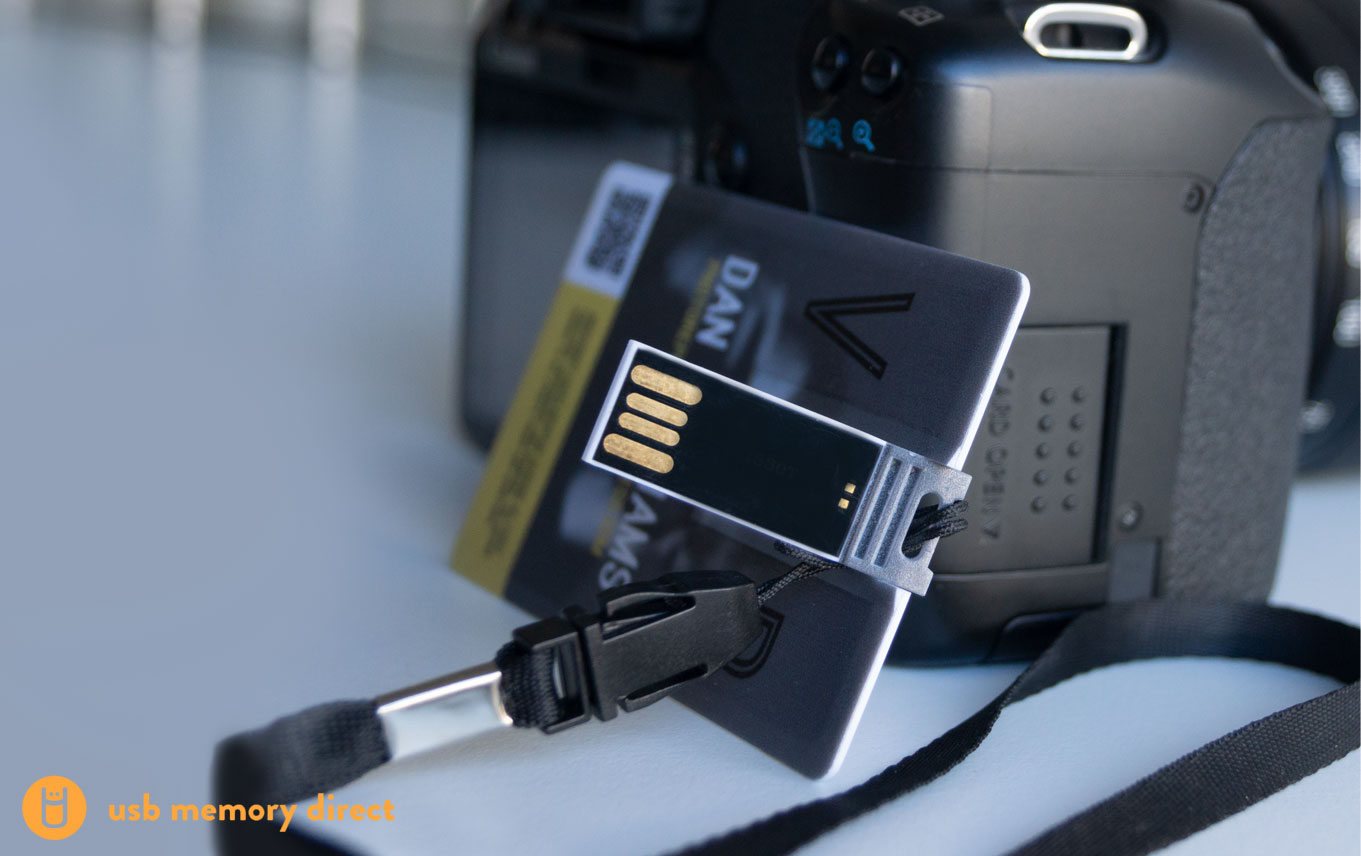
8 Ways To Repair a USB Drive
USB drives, also known as flash drives, are a convenient and reliable way to store and transfer data. They are available in a huge range of styles and connection types. At USB Memory Direct, you can order custom bulk flash drives that are perfect as promotional items or gifts to your valued clients. You can order our flash drives in the style of business cards, wristbands, wood or leather drives, and pens. They are available as USB 2.0, USB 3.0, and USB-C drives.

Despite how convenient USB flash drives are, they still occasionally break or malfunction for various reasons. In this article, we will discuss the common reasons why your USB drive can break and the eight ways you can repair it to working order.
Common Reasons Why USB Drives Break
Physical Damage
One of the most common reasons why USB drives break is physical damage. Dropping or exposing the drive to extreme heat or moisture can cause the internal components to malfunction or break.
Wear and Tear
Like any other electronic device, USB drives can wear out over time. This is especially true if the drive is used frequently or exposed to harsh environmental conditions.
Corrupted Data
USB drives can become corrupted due to software errors, viruses, or power surges. This can cause the drive to become unreadable or inaccessible. In this case, you need to recover the USB data first and then repair the damaged USB flash drive.
Connection Problems
Make sure the USB drives connect properly to the computer or they may not work. This can be due to a faulty USB port or a loose connection.
Outdated Firmware
Firmware is the software that controls the operation of the drive, and it needs to be updated regularly; outdated firmware can cause USB drives to malfunction or become unreadable.
File System Errors
File system errors can occur if the drive is disconnected improperly from the computer or if the drive is not formatted properly.
How To Repair a Broken USB Drive
1. Check for Physical Damage

If you suspect physical damage, inspect the drive for any cracks or broken parts. If the damage is severe, you may need to replace the drive. You can attempt to carefully straighten out a bent USB stick. Employ this technique with care. If you push too hard, the circuit board inside can snap, making it impossible to recover your data.
2. Update the Firmware
Visit the manufacturer's website to download and install the latest firmware for your drive.
3. Check the File System
If the USB drive is not accessible, check the file system to ensure it is formatted correctly. You may need to reformat the drive if the file system is corrupted. However, be aware that reformatting the drive will erase all stored data.
4. Run a Virus Scan
Viruses can cause USB drives to become corrupted or unreadable. Use antivirus software to scan the drive and remove any viruses or threats.
5. Use Disk Management
If the USB drive is not showing up in Windows Explorer, it may need to be initialized in Disk Management. Open Disk Management, right-click on the USB drive and select Initialize Disk.

6. Try a Different Computer
If a USB drive is not working on your computer, try plugging it into a different computer. If it works on another computer, the problem may be with your computer's USB port or drivers.
7. Use Data Recovery Software
You can use data recovery software to retrieve your files if the USB drive is corrupted or inaccessible. Many data recovery tools are available online, such as Recuva or EaseUS Data Recovery.
8. Try a Different USB Port
If the USB drive malfunctions, try plugging it into a different USB port. The original port may need to be fixed or cleaned if the drive works on another port. If the port is dirty, a quick cleaning could solve this issue.
Final Thoughts
When your flash drives malfunction due to physical damage, wear, and tear, corrupted data, connectivity issues, out-of-date firmware, or file system errors, you run the risk of losing your important data. Fortunately, lost data can be recovered, and you could repair some USB drive damage; find the solution by following the tips provided above. You can also make great gifts and promotional items for your clients by exploring USB Memory Direct's products.